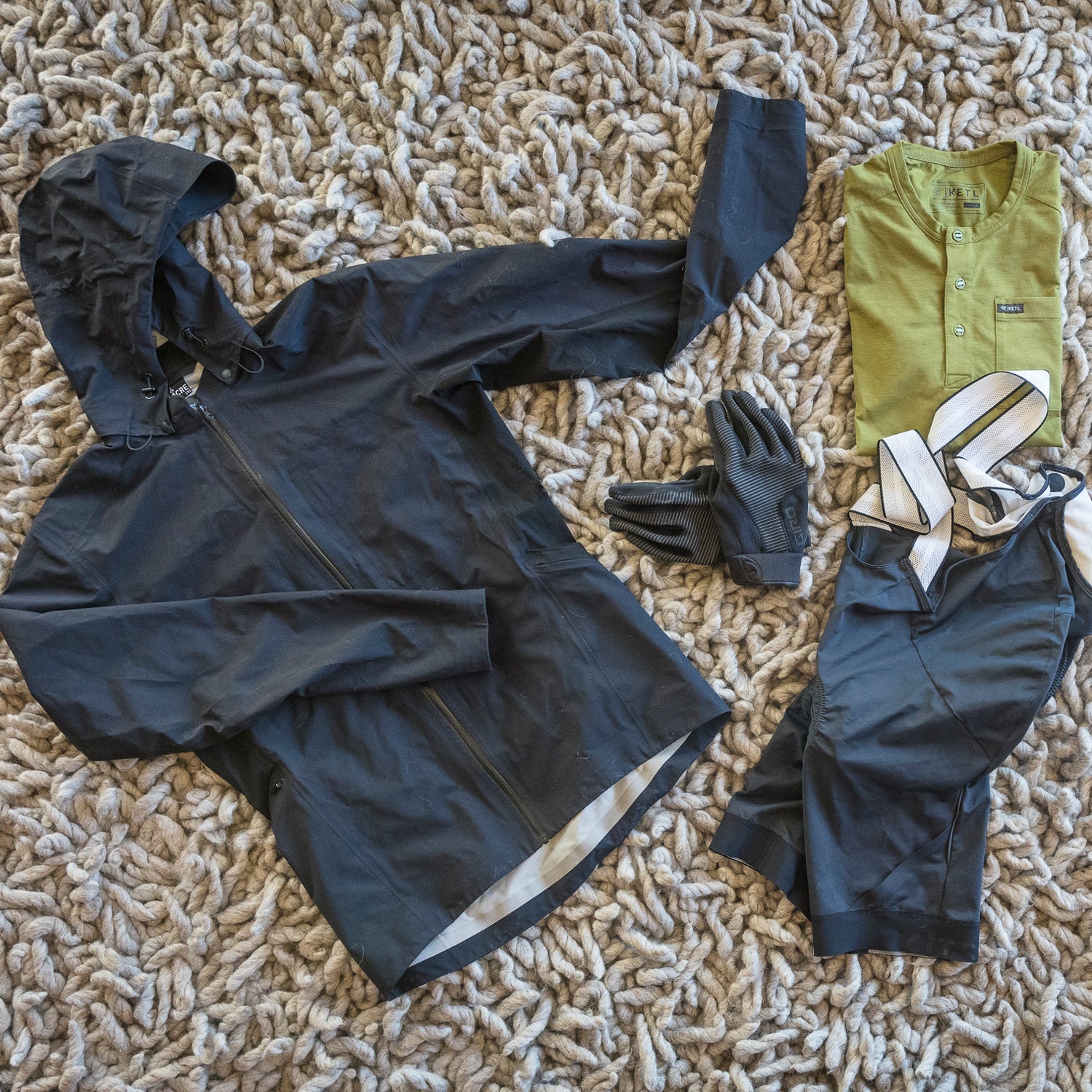This time of year, when it’s cold in the mornings, hot by midday, and windy as bejeezus, while the trails are sloppy from the melt, I gravitate to certain pieces of gear for their ability to deal with the elements and slough off the muck. The other day, when I had a few of these pieces laid out for a ride, I noticed something: they all employ Polartec fabrics.
I’m no Polartec shill. Hardly. Given that all these pieces are designed and constructed by different manufacturers, I wouldn’t have even guessed that they were from the same textile company. Each uses a different fabric technology, too, so there’s no lumping them together on hand or feel. Basically I’ve had this gear for a while and often find myself gravitating to it in transitional weather. More plainly put: Polartec seems to be doing a lot right when it comes to comfort, moisture control, and managing the elements.
I was a bit surprised to see how entrenched Polartec had become in the cycling world. But then I discovered that CEO Gary Smith*, who took over at the company five years ago, is also the owner of boutique bike brand . Smith led the development of Power Wool (I’ve come to love the stuff in ) and subsequently led the acquisition of United Knitting (giving Polartec the stretch-fabric capabilities for cycling shorts). “What carbon fiber has done for bikes,” Smith says, “I want Polartec to do for bike apparel.”
I don’t know that I’d say the company’s influence is that pervasive or influential, or that they're the only ones pushing fabric boundaries for cyclists. But I do know that, independent of the brand, I’ve reached for its gear over and over when I ride.
Mission Workshop Meridian Phase Jacket ($485)
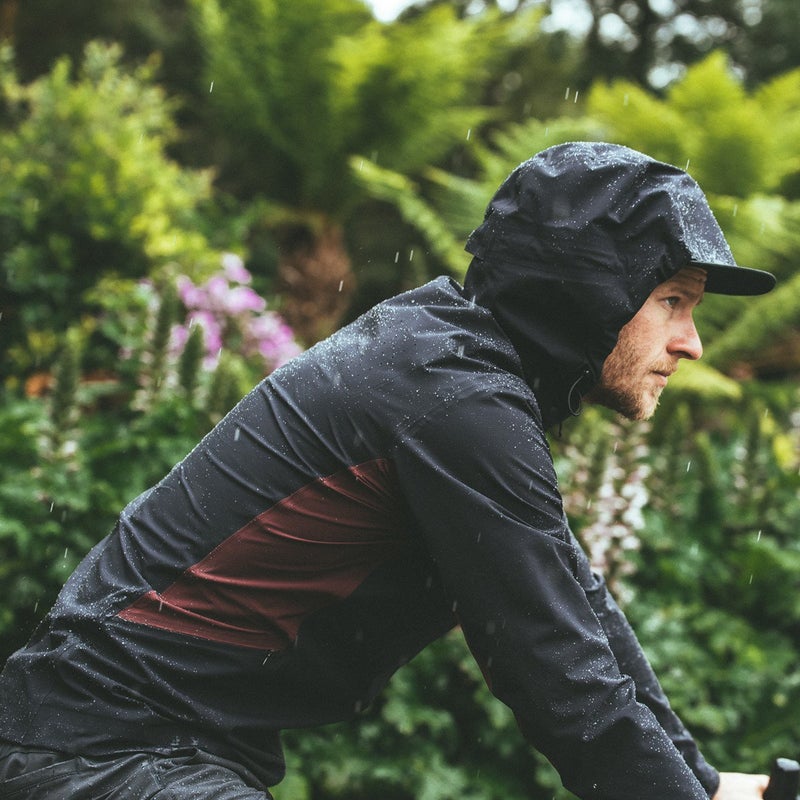
The backbone of your kit for spring—when the weather can change unexpectedly from sunny to snowing in half an hour—is a good waterproof-breathable jacket, and I haven’t found . It’s built mostly from NeoShell, which is said to be more breathable than other waterproof membranes, and in my experience it vents well. Mission Workshop added in super-lightweight stretchy panels under the arms, as well as double-layer-mesh and laser-cut vent panels in the shoulder areas, both of which cut down on overheating. The Phase is beautifully crafted, too, with a five-button snap-off hood that cinches snug to fit under a helmet, three fully waterproof pockets with cord cuts and drain holes, and a super trim cut that doesn’t billow in the wind. It is not the lightest jacket on the market by any stretch—though it’s not heavy or super bulky at 271 grams, either—but there’s nothing I’d rather wear for splashing around in the rain and cold.
Ketl Short Sleeve Jersey ($85)
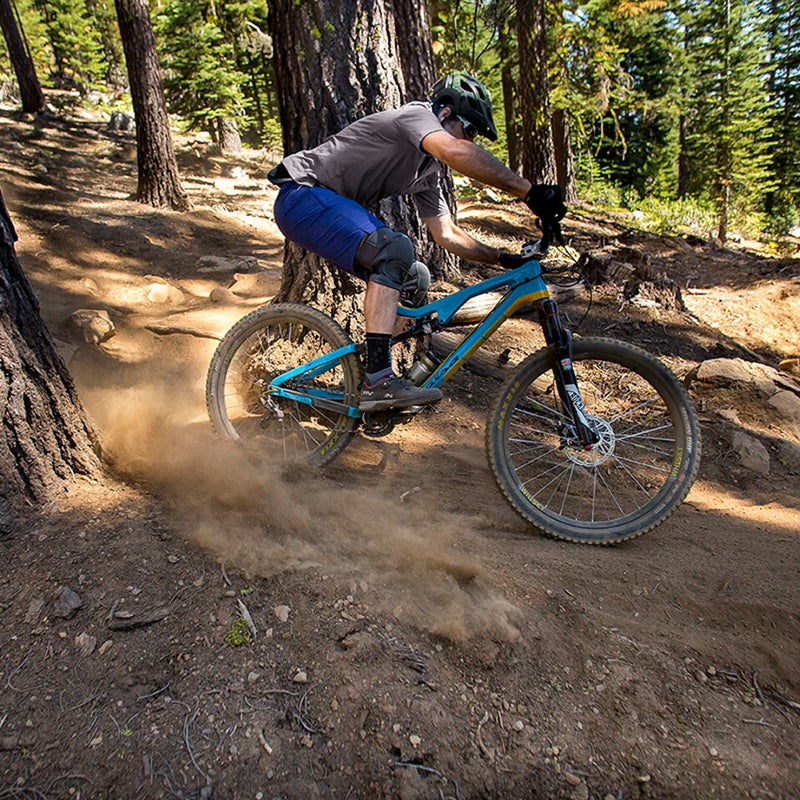
When I received from the new Minneapolis-based apparel company, I thought it was built of merino wool, not Polartec Power Dry. That speaks to both the hand feel as well as its wicking abilities. Normally I’d say we need another apparel brand like we need a flat tire, but Ketl has done a nice job with this jersey, including a smart cut with past-the-elbow sleeves that help with warmth, as well as some nice style touches like the contrast panel at the collar. This jersey is so comfy for riding in mixed conditions that I’ll probably pick up the long sleeve, too.
Kitsbow Coleman Bibs ($180)
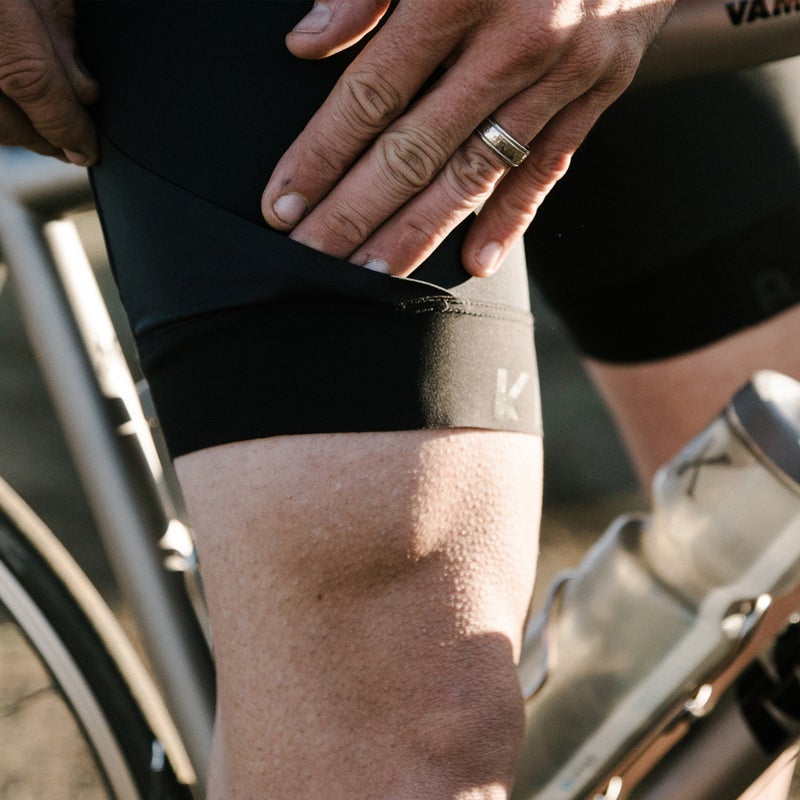
feel different than almost any other pair of shorts that I own. When I checked what the material is, I discovered it’s called Powerstretch. The stuff is slightly thicker and less stretchy than most cycling shorts, yet I like how substantive it feels, as well as the fact that the material doesn’t bag out even if you wear them all week without washing. (Now that we live in an Airstream, laundry isn’t as frequent.) More importantly, the Coleman is warmer than your average bib when it needs to be but also sucks out the sweat and keeps me surprisingly cool in hot conditions. I’m pretty picky about pads, and this one is surprisingly cushy for its low profile. The rest of the details are dialed, too, with an effective 1.5-inch dot gripper at the thighs, stretch-weave straps that lie flat, reflective piping at the thighs, and small quad pockets that are good for stowing wrappers. For such a premium bib, the price is pretty good, too.
Kitsbow Alpha Snap Jacket ($295)
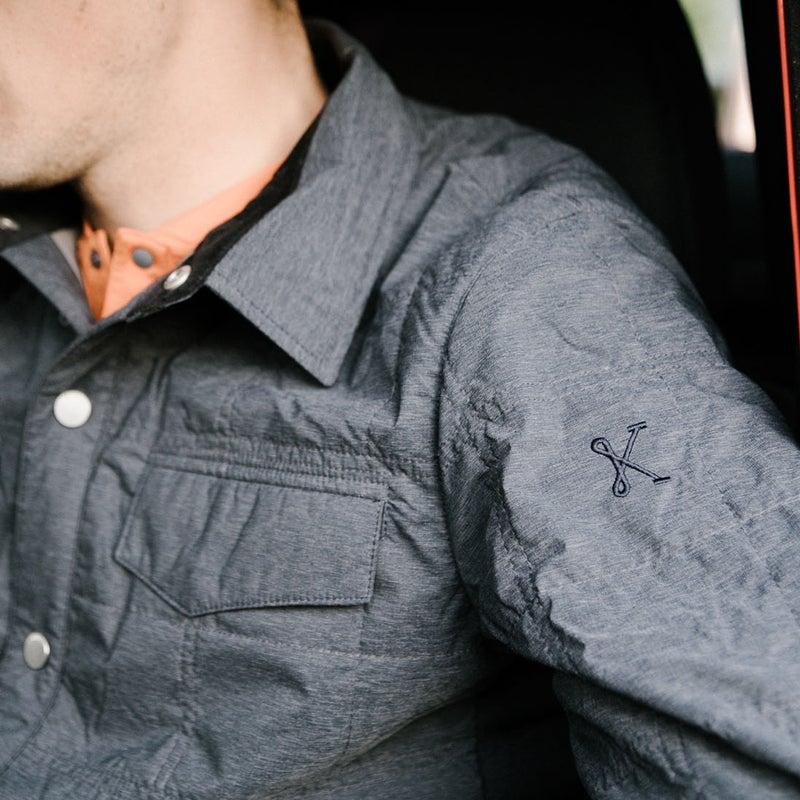
I absolutely love this piece, which uses Polartec’s Alpha insulation and is designed to be . Polartec has a complicated technical chart that explains how the Alpha insulation, developed for the U.S. Special Forces, works. I don’t want to get into the ultra-nerdy details, but I can say for sure that I’m constantly amazed at how warm this piece keeps me despite its very low bulk and weight. It’s so trim that you barely even know it has insulation. It also has Powerstretch panels on the sides and arms, Schoeller patches on the forearms for durability, and rib-knit cuffs to keep out the chill. Though this snap-up micro-puffy is burly enough to stuff in a pack in case the mercury drops, it’s also so composed and smart looking that I wear it around town just as much as I do on the bike.
Giro Blaze II Gloves ($40)
I loved the original Blaze gloves, and these second-gen models (which launch later this summer) got even better, courtesy of the addition of Polartec Windbloc. The wind layer on the back of the hands keeps your digits warm on brisk mornings or when you’re really drilling it in a cold paceline. They’re also light enough that you can ride in them all day if the temperature doesn’t go too far over 60. The neoprene cuff keeps out moisture, the soft fleece yoke is good for snot, and the thumbs and pointers are touchscreen compatible (and actually work).


